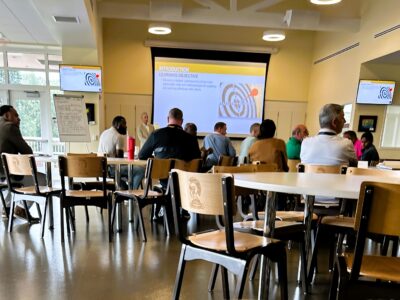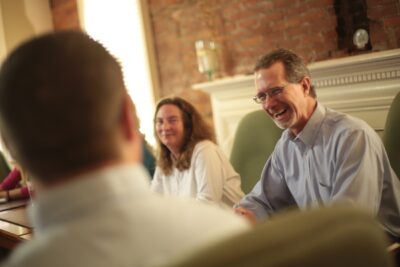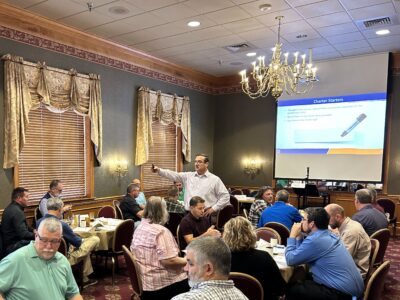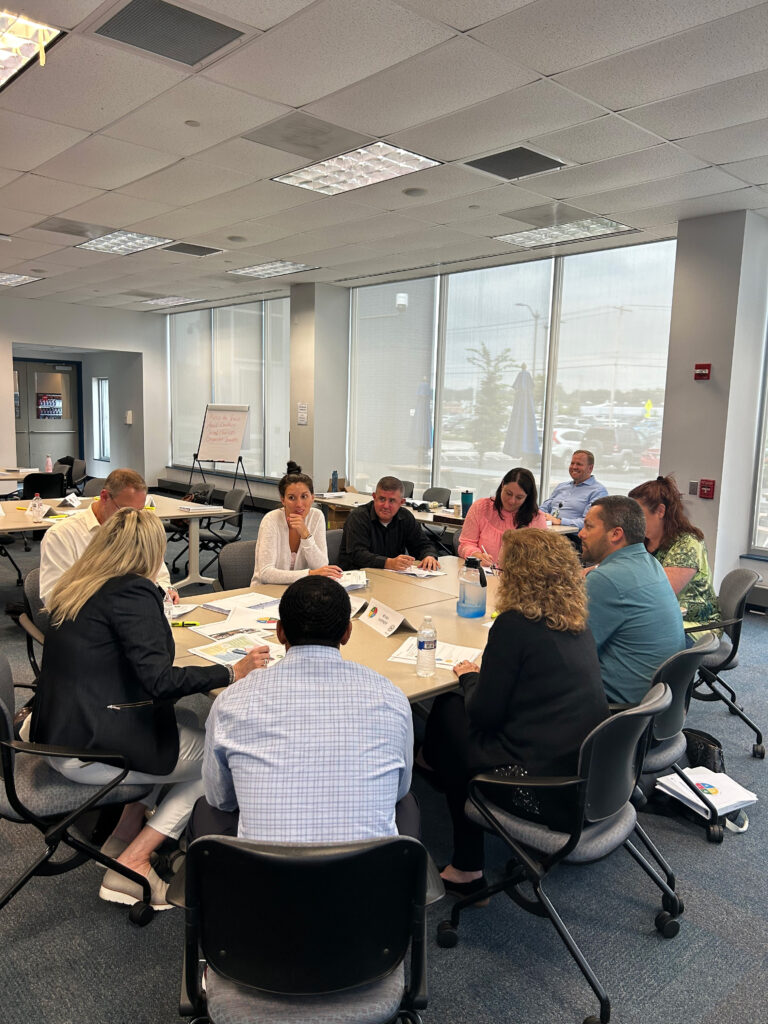Services

SUPPORTING INDIVIDUALS
Leadership & Talent Development
We partner with organizations to define their core competencies and critical capabilities, then we use our library of leadership content to build leadership programs using a variety of delivery methods. Every organization is different. See how we can meet your needs.

SUPPORTING TEAMS
Team Development
We facilitate team sessions at all stages of group development: from when a team first forms to when a team starts to engage in conflict and storm. We guide you to build a high-performing team.

SUPPORTING ORGANIZATIONS
Strategic Planning & Change Management
Data suggest that leaders lack the time to focus on strategy development and implementation. We have a proven approach with simple tools to facilitate you through a strategic planning process and can build your implementation strategy with you using practical change management techniques.

SUPPORTING ORGANIZATIONS
Training & Course Development
We have done it all when it comes to building training programs and developing courses, whether your teams prefer live, virtual or online training. Together, we can build learning paths that blend together all approaches into a high impact training experience.


Approach
We take a holistic, integrated approach using design thinking that puts individuals at the center of the experience. Once we determine and empathize with client needs, we introduce a process to define, ideate, prototype and test our recommendations together with clients to make sure we got it right.
Our Work
We’re proud of our work with our clients and their people and are pleased to share our success stories. Please take a quick look at one of our case studies.
PA Department of Auditor General

Hear From Our Clients
“I’ve known Dr. Riccio for quite some time and am always impressed with his knowledge and understanding of issues, passion for everything he does, and professionalism in every aspect of his job.”
– Annette Cremo, Ph.D., Performance Plus Training, Consulting and Coaching, LLC, Penn State University
About
Since 1986, the Dering team designs organization development solutions for our clients to Develop, Engage and Align their people for success. Please read about humble beginnings and how we’ve grown into a much larger firm today.
Team
Meet our savvy experts, with their diverse backgrounds and interests, and explore how they can put their skills to work for your organization.


